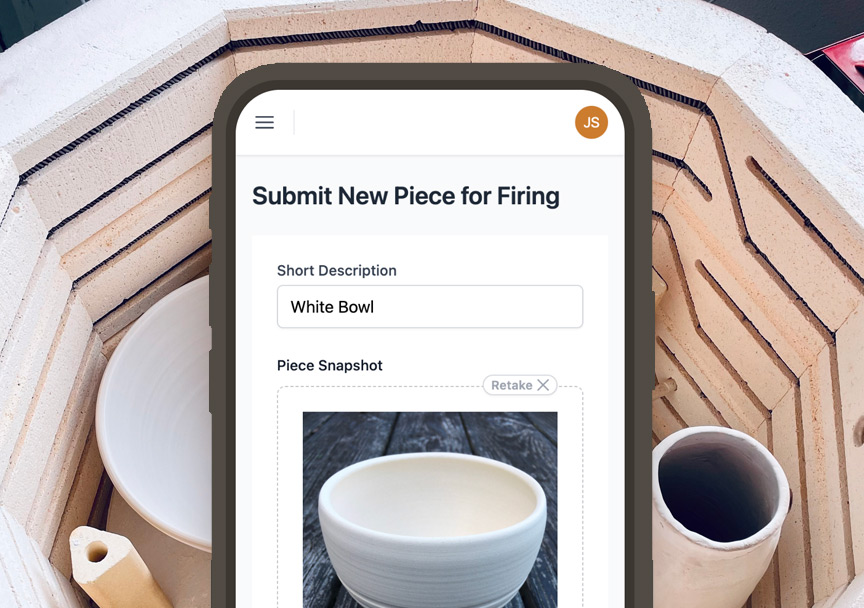Starting a ceramics studio can be an extremely rewarding business venture for creative entrepreneurs. However, like any new business, there are costs to consider when determining startup and operating expenses. With careful planning and budgeting, aspiring ceramic studio owners can realize their teaching dreams.
Initial Investments
The initial investment for a ceramics studio can add up quickly, but essential costs will help establish your business. The largest upfront costs will likely include:
Kilns—Electric, gas, or wood-fired kilns are vital for any ceramics studio. Prices vary widely based on size and features. Expect to spend $2,000-$5,000 or more for a high-quality electric kiln. Gas kilns may be more economical.
Wheels—Pottery wheels equipped with splash pans allow throwing demonstrations. Budget $500-$2,000 per wheel.
Tools and supplies—Basic tools like sculpting knives, wire cutters, rib tools, sponges, bats, stamps and more will be needed for classes. Budget several hundred to several thousand dollars initially.
Clay—Purchase enough clay for your first sessions. Expect to pay $20-$30 for 25 lbs of clay.
Studio lease/buildout - If leasing space, negotiate landlord concessions and factor in the costs of any leasehold improvements or build outs.
Insurance—General liability insurance protects you in the event of an accident. Coverage costs vary based on studio location and other factors.
Marketing—Print flyers, boost social media posts, run targeted ads, etc. Budget several hundred to a few thousand for initial marketing efforts.
Bottom line: Expect to invest around $10,000 or more upfront if starting from scratch. Take advantage of small business loans, equipment financing, crowdfunding, or grants.
Scheduling Software
An essential software investment for any ceramics studio is an online scheduling and management system like Kiln Fire.
Explicitly designed for ceramics studios, Kiln Fire enables easy class scheduling, student registration, payment processing, student messaging, and more from one intuitive platform.
Ongoing Operating Expenses
Once up and running, ceramics studios face monthly or annual operating expenses, including:
Rent—Budget rental costs if leasing space or property taxes if you own the building. Average industrial rental rates apply.
Utilities—Gas, electric, water, and waste bills add up with power-hungry kilns running.
Clay and supply restocking- Ongoing costs of clays, glazes, tools, etc. Budget a few hundred dollars monthly.
Instructor wages—If hiring employees, set competitive hourly pay rates or revenue share agreements.
Kiln maintenance—Heating elements, bricks, and other parts may need replacement over time.
Insurance premiums- Pay annual liability policy renewals.
Marketing—Continue digital and print advertising to attract new students.
Equipment maintenance/replacement—Budget for maintaining, repairing, or replacing worn wheels, kilns, etc over time.
Most ceramics studios can operate profitably by keeping monthly expenses around $2,500 - $4,000 through careful budgeting and money management. Bring in multiple revenue streams like class fees, clay/supply sales, private lessons, membership, summer camps, etc.
Maximizing Profitability
Here are some tips to maximize profit margins for a ceramics teaching studio:
- Offer Groupon or ClassPass deals to fill excess capacity
- Schedule weekend and evening classes for working professionals
- Host birthday parties and events for added income
- Sell student work on consignment
- Offer studio memberships or unlimited class packages
- Start a co-op for experienced students to share firing expenses
- Rent workspace to alums or independent artists during off-hours
Ceramics studios focused on teaching and community building can thrive financially by carefully controlling costs, maximizing every square foot, and diversifying income streams.
The Rewards Outweigh the Costs
Launching a ceramics studio requires significant upfront investment and careful budgeting. But the chance to share the craft of pottery with eager new students makes it worthwhile for many artist-entrepreneurs. With passion, business savvy, quality instruction, and a bit of luck, small ceramics studios can become beloved community fixtures and be financially sustainable for years.


